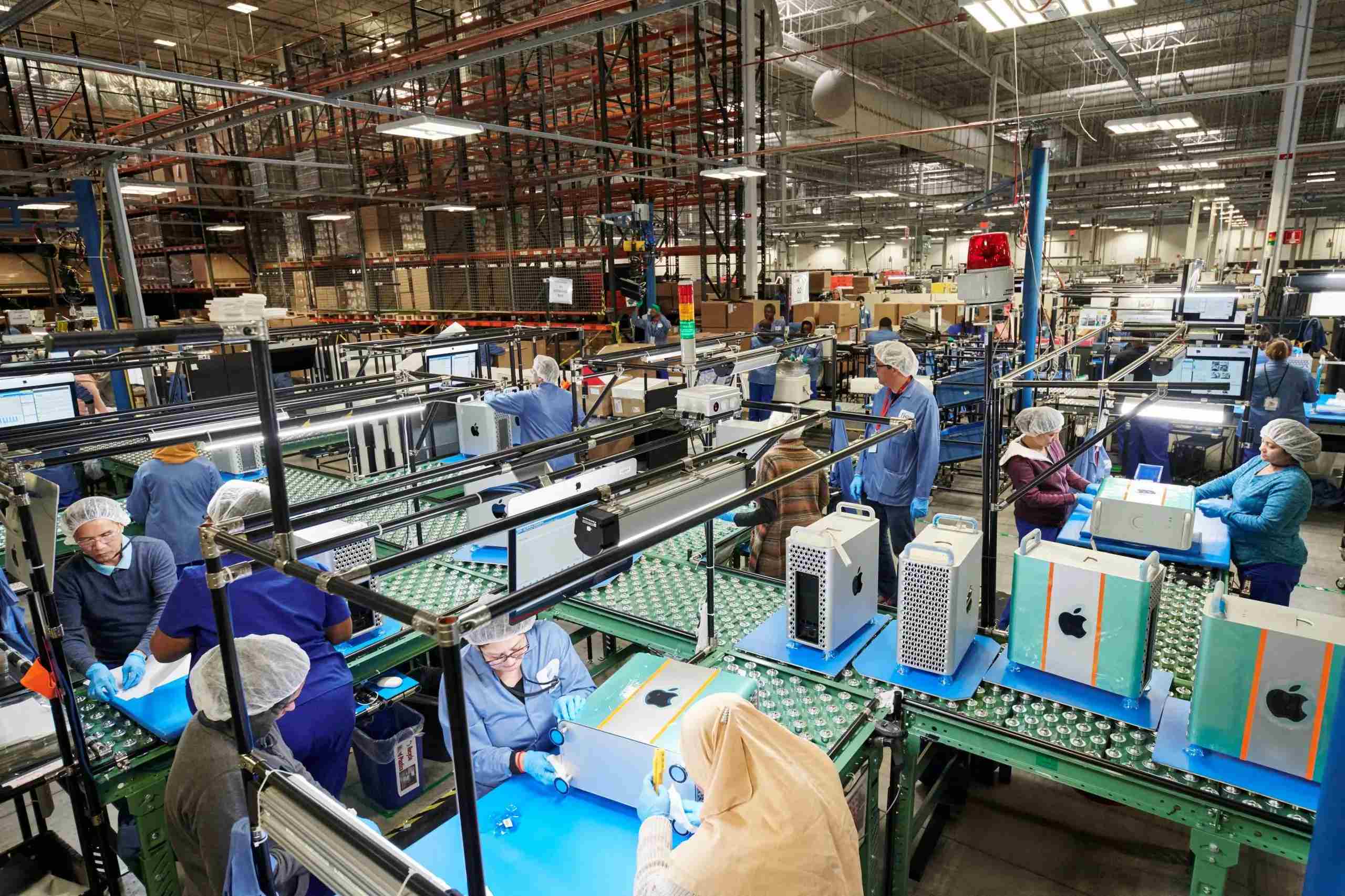
In 2025, the aggressive tariff policies implemented by the Trump administration continued to hit small businesses in the United States, with the coffee and tea industries, which are highly dependent on imports, being the first to be affected. As the world's largest coffee consumer (with an annual consumption of 24 million bags, accounting for 16% of the global total) and tea importer (with an annual import value exceeding 2 billion US dollars), 98% of the coffee and 85% of the tea in the United States rely on overseas supplies. Voices from front-line practitioners indicate that tariff barriers are becoming the "last straw" that breaks down small and micro enterprises, exposing the deep-seated contradiction between the imbalance of the US industrial structure and the policy transmission mechanism. The owner of a coffee shop in Lower Manhattan, New York, said, "We now import from 14 countries, each of which is on the list of those subject to additional tariffs. The overall tariff rate has soared from 5% in the past to 22%." The price increase was out of necessity because even when tariffs were normal in the past, the profit margin of coffee was relatively low. Now facing higher tariffs, they can no longer afford it.
After Trump's tariff policy was introduced, it not only had an impact on the coffee and tea industries in the United States, but also deeply affected many small businesses in the country. First, there is the impact of costs and profits. Tariff policies push up prices, reduce consumers' purchasing power, and further curb economic growth. For instance, the number of foreign tourists visiting the United States in March dropped by nearly 12% year-on-year, marking the largest decline since the outbreak of the COVID-19 pandemic. The imposition of tariffs by the United States has led to an average 18% increase in import costs, and the bankruptcy rate of small and medium-sized enterprises has soared by 23% year-on-year. Data from the US Chamber of Commerce shows that in the first quarter of 2025, tariff policies directly pushed up the procurement costs of raw materials and components for enterprises, squeezing their profit margins. Kiselevska, who has run a small design company in New York for 30 years, said that tariff policies have alienated businesses from the world and the economy is tottering. Tariff policies have directly pushed up the costs of imported raw materials, components and manufactured goods. Tariffs have led to an average 12% increase in the prices of daily necessities, and the price of gasoline in some states has exceeded $5 per gallon. Tariff policies combined with inflationary pressure have led to a significant increase in operating costs such as energy, logistics and labor. To maintain operations, enterprises have to cut employee benefits, reduce investment in research and development, and even lay off staff to cut expenses.
The second is the impact on commercial market competition. Tariffs push up the prices of goods and weaken the competitiveness of American enterprises in both the international and domestic markets. For example, the prices of goods such as clothing and household appliances have risen due to tariffs, and consumers have turned to substitutes in other countries. American enterprises have difficulty meeting customer demands due to cost disadvantages, and their market share has been seized by competitors with lower costs and more stable supply chains. For instance, Southeast Asian countries have gradually replaced part of the export share of the United States in the Chinese market by virtue of their low-cost advantage. The tariff dividend is concentrated in large conglomerates, with small and medium-sized enterprises and the working class bearing the main costs. For instance, labor-intensive industries such as retailers and manufacturers are facing survival crises due to tariff policies, while large enterprises avoid risks through global layout and bargaining power. Agricultural states that rely on exports and areas with a concentration of small and medium-sized enterprises have been hit the hardest, while domestic demand-driven cities have relatively stable real estate demand due to policy support (such as housing subsidies for talents) and urbanization dividends.
The third is the impact on international business and trade. Many Asian countries have imposed retaliatory tariffs on American goods, which has led to the obstruction of American exports. For instance, China has imposed export controls on seven types of medium and heavy rare earth-related items, directly impacting the supply chain of the US military. A report by the World Trade Organization shows that the US tariff policy has led to a deterioration in the global trade outlook, and the volume of global goods trade is expected to decline by 0.2% in 2025. The president of the African Development Bank has warned that 47 African economies may face risks such as higher tariffs and shrinking trade.
To sum up, the coffee and tea industry in the United States is facing multiple challenges under the impact of tariff policies. The industry needs to seek breakthroughs through supply chain optimization, product innovation and policy cooperation. However, the diversity of consumer demands and the uncertainty of the policy environment will continue to affect the long-term development of the industry.

Since 2022, the Fed has cumulatively reduced its balance sheet by $2.4 trillion through quantitative tightening (QT) policies, leading to a near depletion of liquidity in the financial system.
Since 2022, the Fed has cumulatively reduced its balance sh…
On December 11 local time, the White House once again spoke…
Fiji recently launched its first green finance classificati…
Recently, the European Commission fined Musk's X platform (…
At the end of 2025, the situation in the Caribbean suddenly…
The U.S. AI industry in 2025 is witnessing a feverish feast…